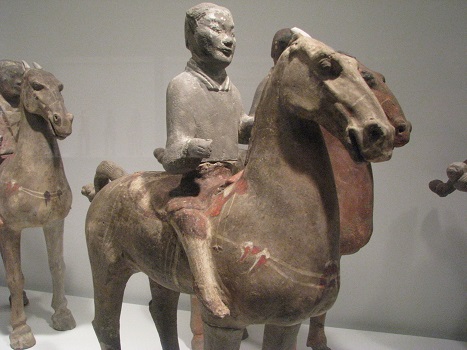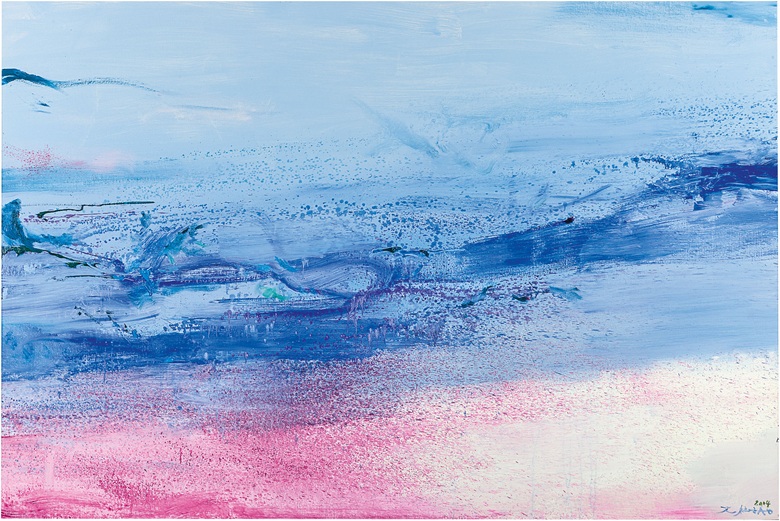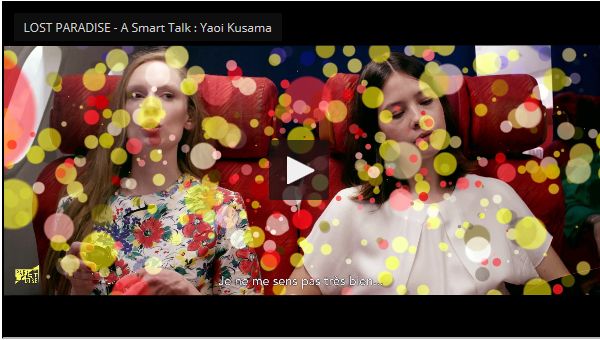Des explorateurs occidentaux se sont implantés en Chine plus de 1500 ans plus tôt que ce qu’avaient estimé les spécialistes ! C’est ce que révèle une nouvelle étude après que des archéologues aient découvert que les guerriers en terre cuite auraient pu être fabriqués avec l’aide des grecs.

Les 8000 statues, qui gardent le mausolée du Premier Empereur, semblent avoir été faite sous la direction d’un sculpteur européen qui travaillait avec les locaux sur le site et qui puisa son influence dans la Grèce antique.
Une étude extensive des sites dans la province du Xinjiang a révélé de l’ADN mitochondrial spécifiquement européen, suggérant que des voyageurs occidentaux y ont vécu pendant la période du Premier Empereur.
La découverte a été saluée comme ‘la plus importante de toute au cours des quarante dernières années”, surpassant la découverte de l’Armée en terre cuite elle-même en importance.
Ce serait le premier contact documenté entre l’Occident et la civilisation chinoise jamais enregistré à ce jour, et découvert par les archéologues du mausolée lors de fouilles sur le site.
Ces découvertes clés comprennent les preuves que les trésors dans la tombe du Premier Empereur ont été créés avec l’aide des occidentaux, en s’inspirant de statues de la Grèce antique.
Le complexe funéraire lui-même s’est révélé être “bien plus grand qu’on ne le pensait“, avec 61km², il est 200 fois plus grand que la Vallée des Rois en Egypte. Deux routes sortant du complexe ont été identifiées grâce aux drones.

Les scientifiques sont particulièrement excités pas la découverte d’ADN suggérant que des occidentaux vivaient dans la région au temps de Qin Shi Huang, entre 259 et 210 avant JC.
Selon le Dr Li Xiuzhen, archéologue principal au Musée du site du mausolée de l’Empereur Qin Shi Huang: “Nous avons maintenant la preuve que des contacts étroits existaient entre le Premier Empereur de Chine et l’Occident avant l’ouverture officielle de la Route de la Soie. C’est donc bien plus tôt qu’on ne le pensait auparavant.”
La tombe du Premier Empereur fut influencée par l’arrivée de statues grecques en Asie Centrale
Des preuves de ce contact, estiment les experts, peuvent être trouvées dans le style des guerriers en terre cuite, alors “qu’aucune tradition de construction de statues de taille humaine” n’a été identifié en Chine auparavant.
Le Professeur Lukas Nickel, président de l’Histoire de l’Art Asiatique à l’Université de Vienne, pense que la tombe du Premier Empereur fut influencée par l’arrivée de statues grecques en Asie Centrale au cours du siècle suivant Alexandre le Grand: “J’imagine qu’un sculpteur grec était sur le site pour former les locaux“.
“Nous pensons maintenant que l’Armée de terre cuite, les acrobates et les sculptures en bronze trouvés sur le site ont été inspirés par les sculptures et l’art grec” a jouté le Dr Xiuzhen.
Pour le Professeur Zhang Weixing, archéologue en chef sur le site du tombeau, “le travail archéologique mené ici est le plus important au cours de ces 40 dernières années. En examinant minutieusement la tombe principale du Premier Empereur et les enterrements subsidiaires, nous avons découvert quelque chose de plus important même que l’armée de terre cuite“.
D’autres découvertes faites sur le site comprennent les ossements mutilés d’une jeune femme, qu’on estime être une concubine de haut rang, enterrée avec des bijoux précieux faits en perles et en or.
Le crâne d’un jeune homme, dont on pense qu’il serait celui du Prince Fu Su, le fils ainée du Premier Empereur, a été trouvé enfiché d’un carreau d’arbalète
Un reportage paraitra au sujet de cette découverte sur la BBC le 16 octobre prochain: The Greatest Tomb on Earth: Secrets of Ancient China
Source : Les Découvertes Archéologiques: Chine: la célèbre armée de terre cuite aurait été faite avec l’aide des grecs










